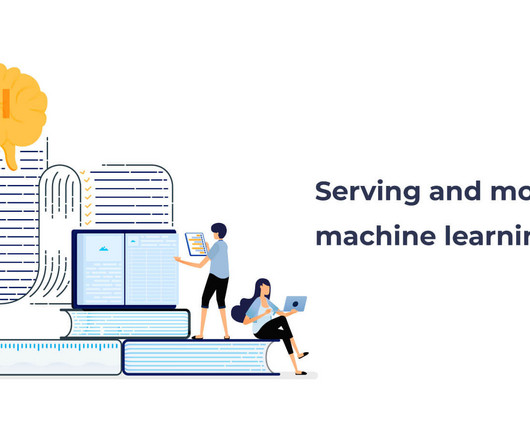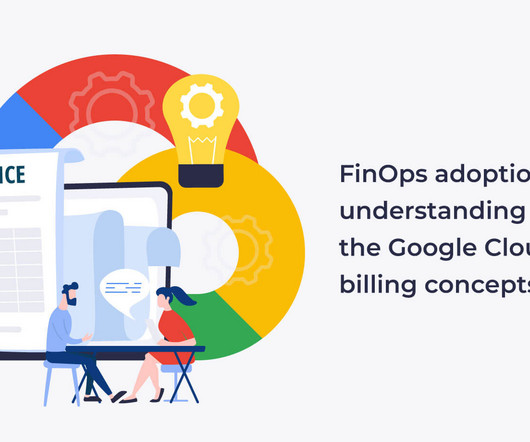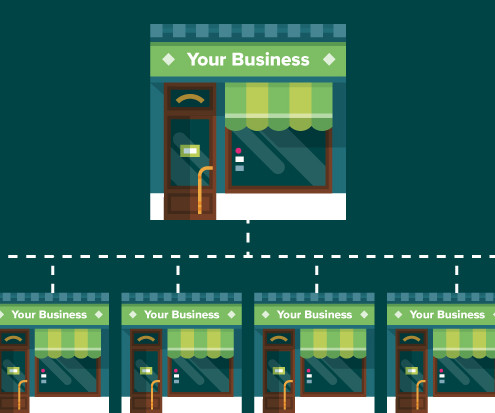Key MLOps processes (part 4): Serving and monitoring machine learning models
FinOps in Practice
NOVEMBER 15, 2023
In this article, we describe the block of the scheme, devoted to serving and monitoring machine learning models. To make it easier, special serving tools have emerged that have introduced three new entities into the system: Inference Instance/Service, Inference Server, Serving Engine. How to track metrics is a big question.











































Let's personalize your content